Lining fabric is always needed for sewing clothes. It is not for nothing that the chic of the product and the couturier's style are determined by the inside.
Purpose of the lining
The lining in the product covers the inside so that the product looks whole and complete from the inside, ensures a good fit, serves as an additional layer for light impermeability, and to retain body heat.

Requirements for lining fabric
First of all, it is good sliding so that the item can be put on well and sits well on the owner. The fabric is characterized by the resistance of color and composition to friction and sweat. Lining fabric that has little shrinkage when washed is what is needed for sewing. The lining of the product should be light so as not to make the weight of the clothing heavier.
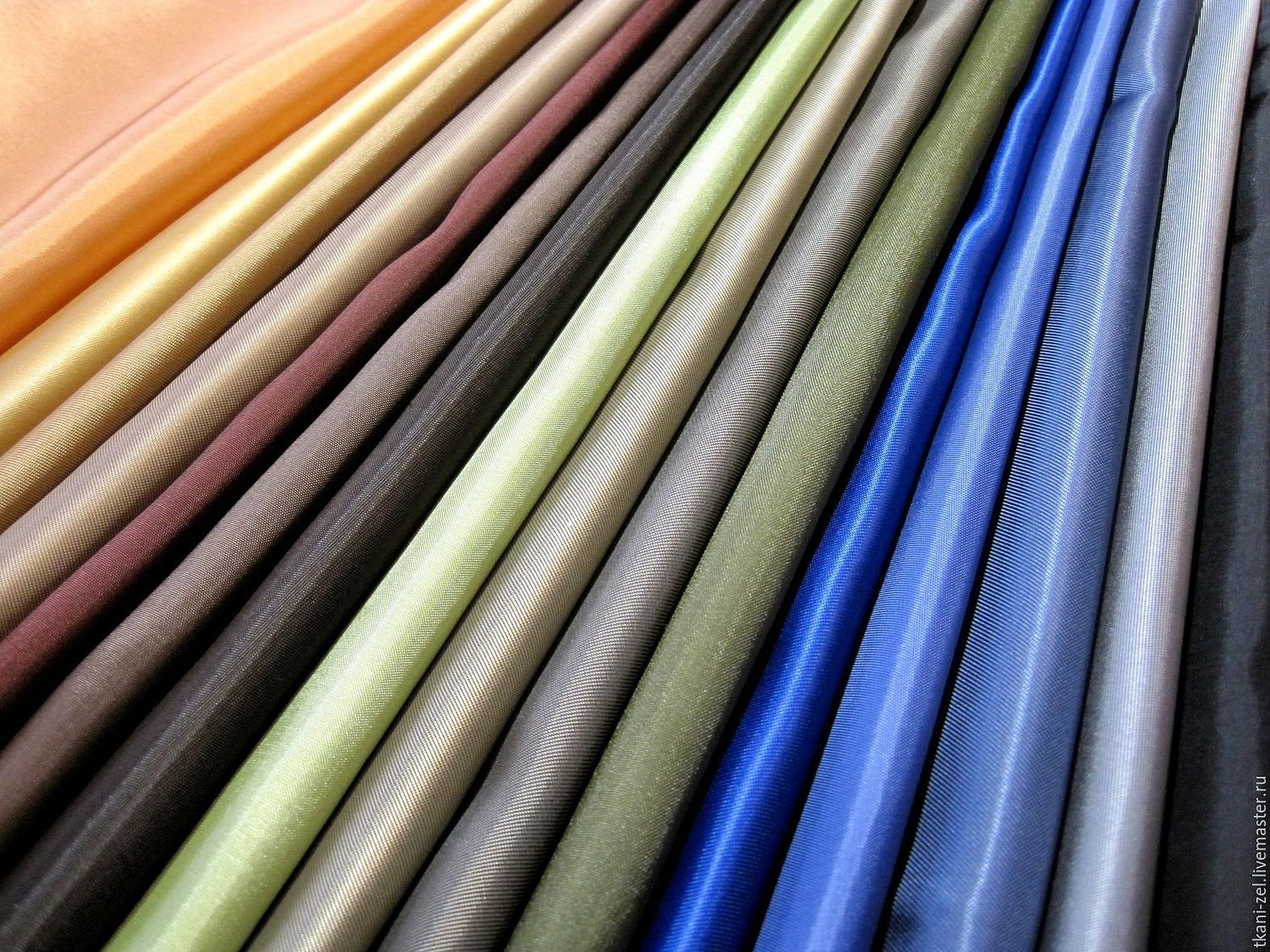
Types of lining fabrics
The lining of the product is made of silk, semi-silk materials, cotton and synthetic fabrics, woolen fabrics, knitwear, and sometimes artificial and natural fur is used in the lining.
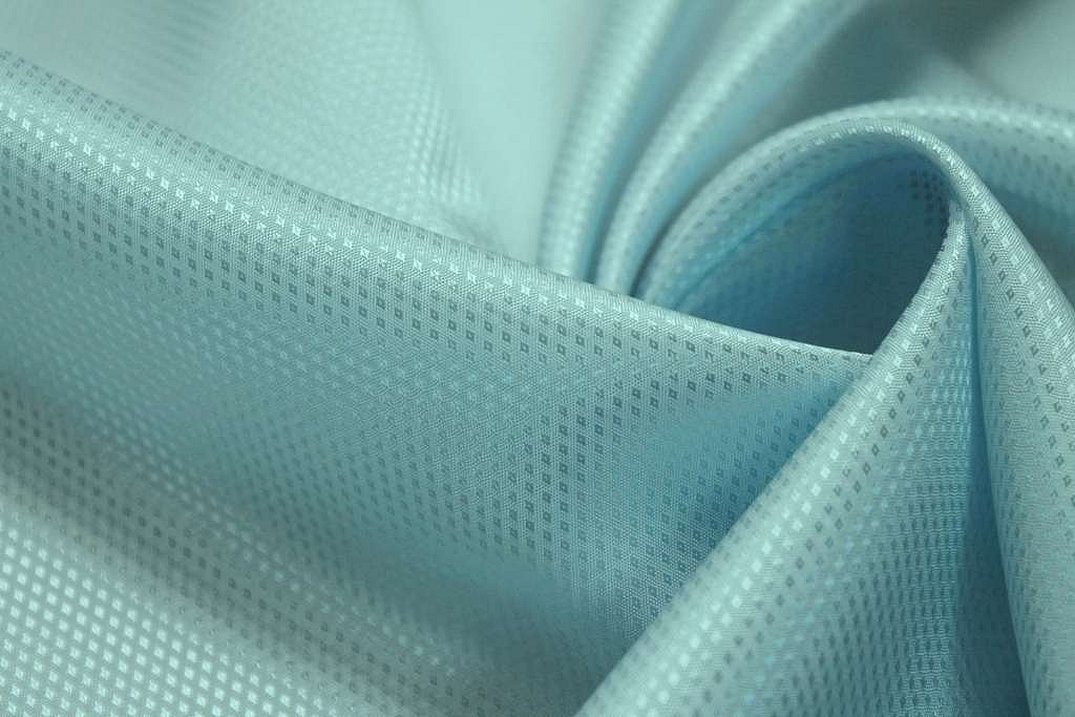
The most commonly used lining materials are taffeta, quilted fabric, mesh, viscose, artificial silk, satin, flannel, chiffon, satin, polyester, velvet, and cupro.
- Tafetta — got its name from taffeta, a glossy silk fabric. Tafetta is a light, glossy, elastic fabric with a metallic sheen. It contains 100% synthetic fibers - nylon or polyester.
Note! Most often, taffeta is used as a lining fabric, but it is possible to sew the product entirely. Many are sure that such material is universal for sports, for recreation, for everyday wear.
Tafetta is often used as a decorative fabric for flags, draperies, garlands. It is popular as packaging. High-density tafetta fabric is used to sew raincoats, jackets, sports pants, sports suits and other outerwear.
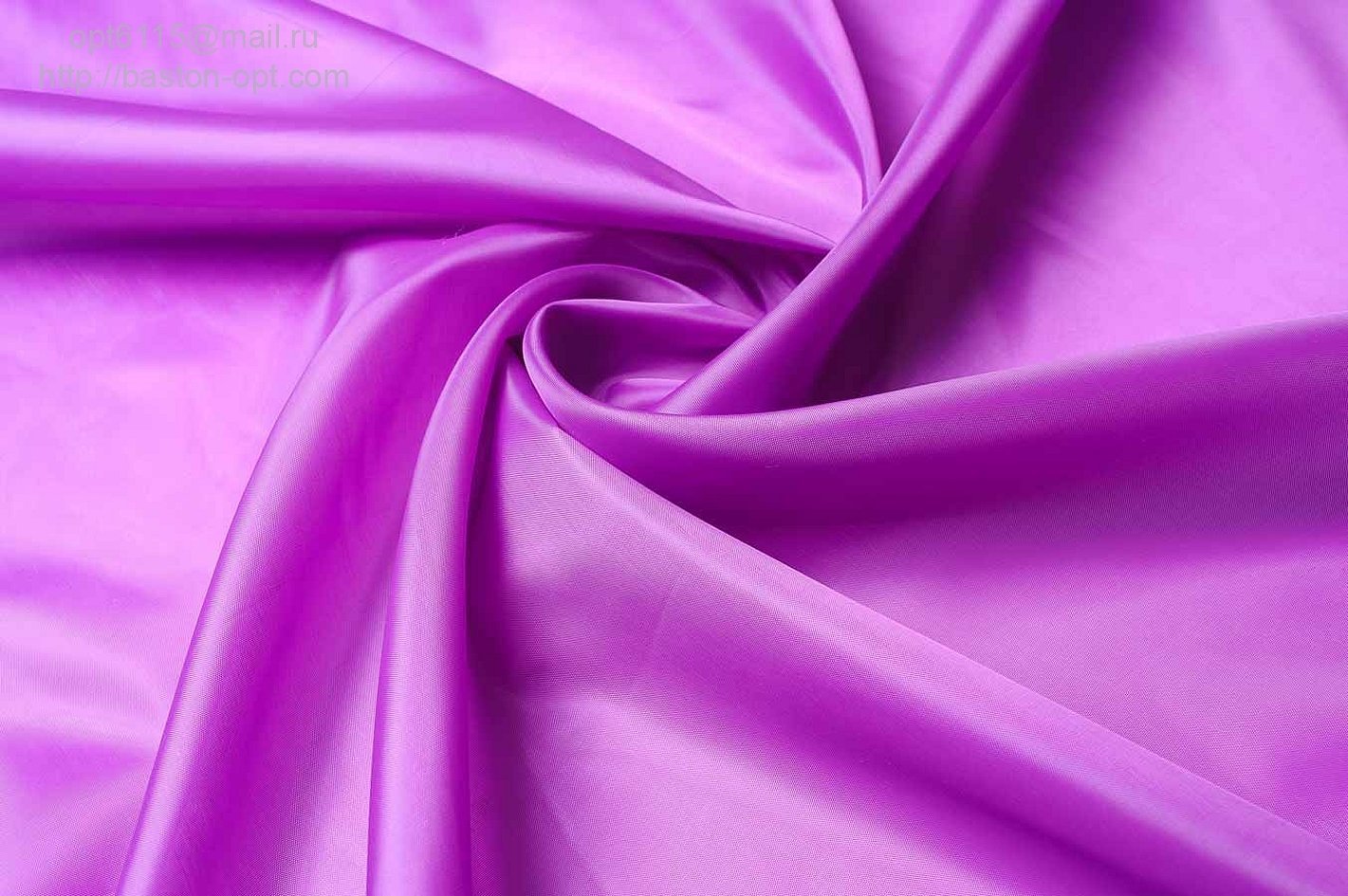
- Quilted fabric is a material stitched according to a pattern. It turns out a semi-convex texture with diamonds, polygons, squares, floral and abstract patterns. It is a lightweight material such as polyester with a filler such as synthetic padding or holofiber, it is the filler that provides volume for the lining fabric. In this case, the lining made of quilted fabric is used for warmth. Thanks to polyester, such a lining slides easily. Thanks to the stitching, it does not bunch up, but is evenly fixed together with the material.
In addition to lining, quilted fabric is used to sew outerwear, bed covers, pillows, and blankets.
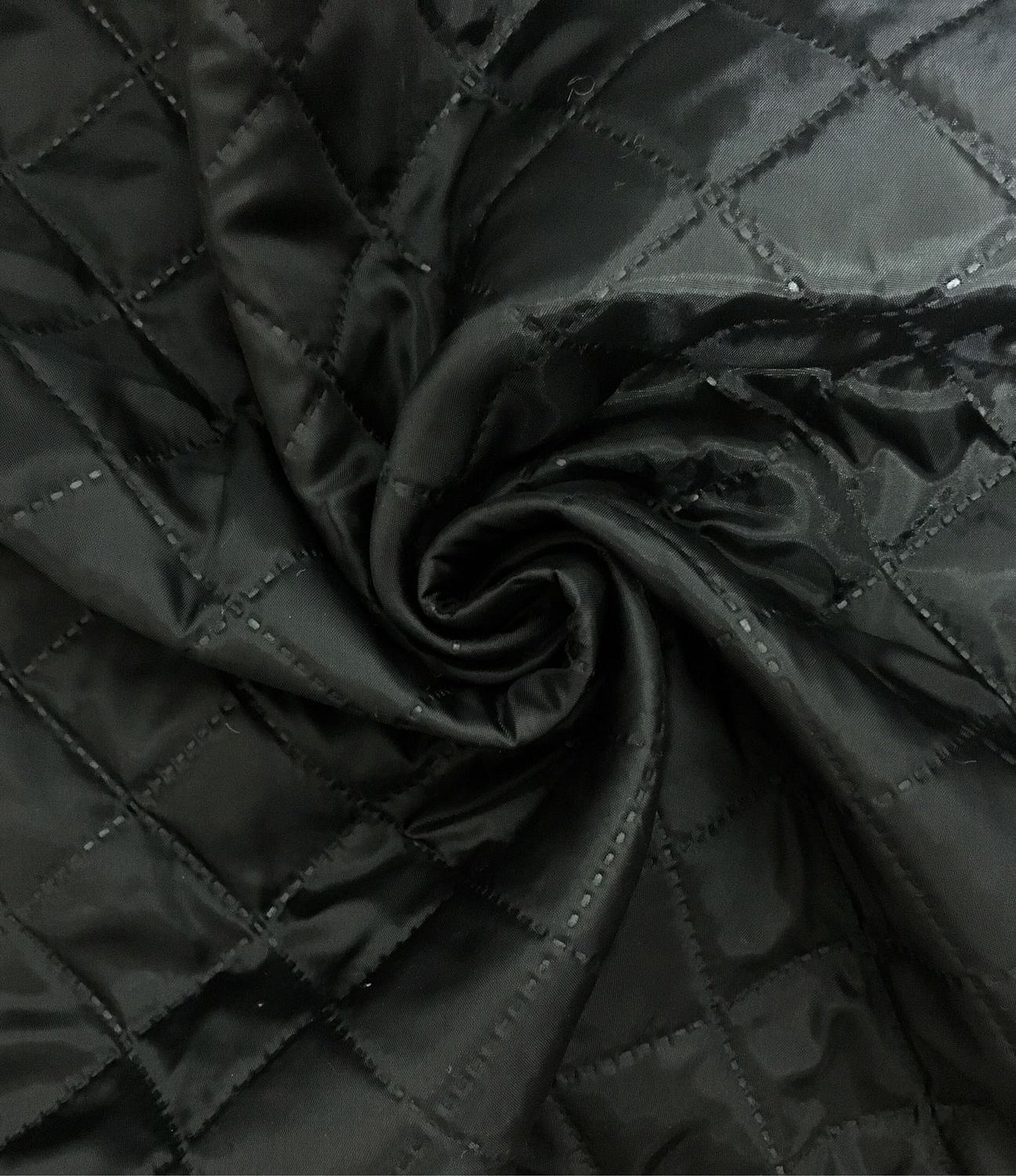
- Net — the most delicate of lining materials. Mesh is an airy, transparent, light, but rigid fabric. Mesh is made from lycra, polyester, and viscose.
The mesh is characterized by good air permeability, lightness, preservation of the product’s appearance, retention of heat inside, ease of sewing and care.
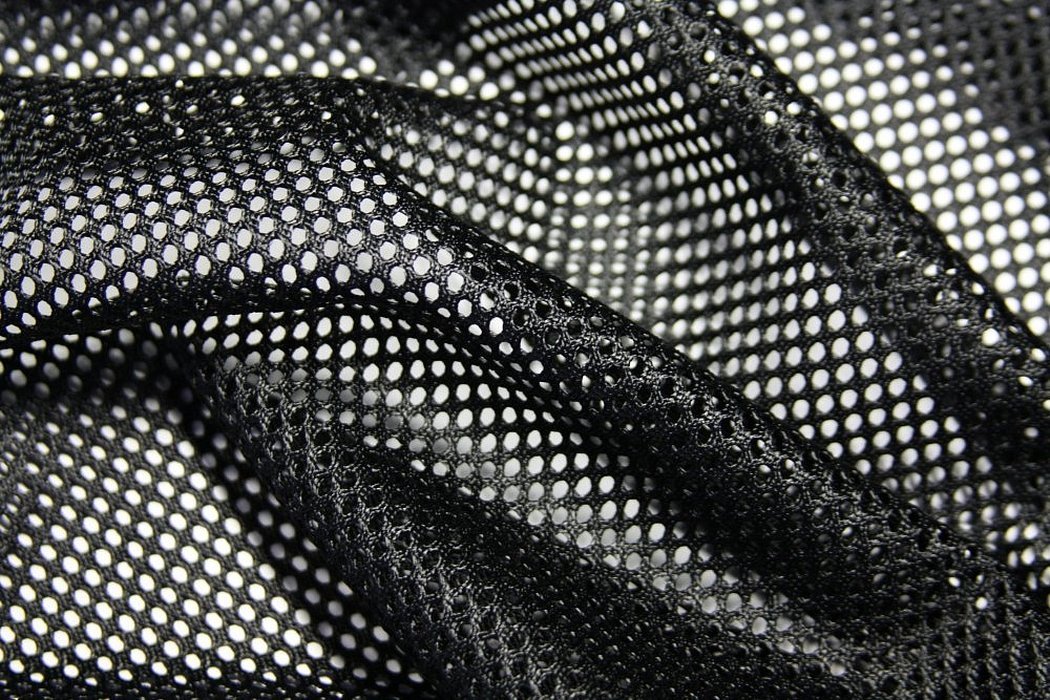
As a lining, mesh is used to sew sports suits, theater costumes, wedding dresses. Any stage costumes owe their shape to mesh. It is also used to make light summer and beach clothes, used in decor, in gift wrapping, and often used as details on clothes and on bags and backpacks.
- Viscose is made from wood cellulose. It is an artificially created, but natural material, as it is not produced using chemicals. To obtain viscose material, wood fibers are dissolved in alkali, passed through special "sieves", obtaining bleached fibers.
Note! Dresses, blouses, tunics and turtlenecks are made from viscose. Washcloths are made from viscose, even car tires are made. The advantages of viscose lining are that it is pleasant to the body, slides smoothly, does not feel hot in it in the heat, absorbs moisture, warms in the cold, does not electrify, and does not cause allergies.
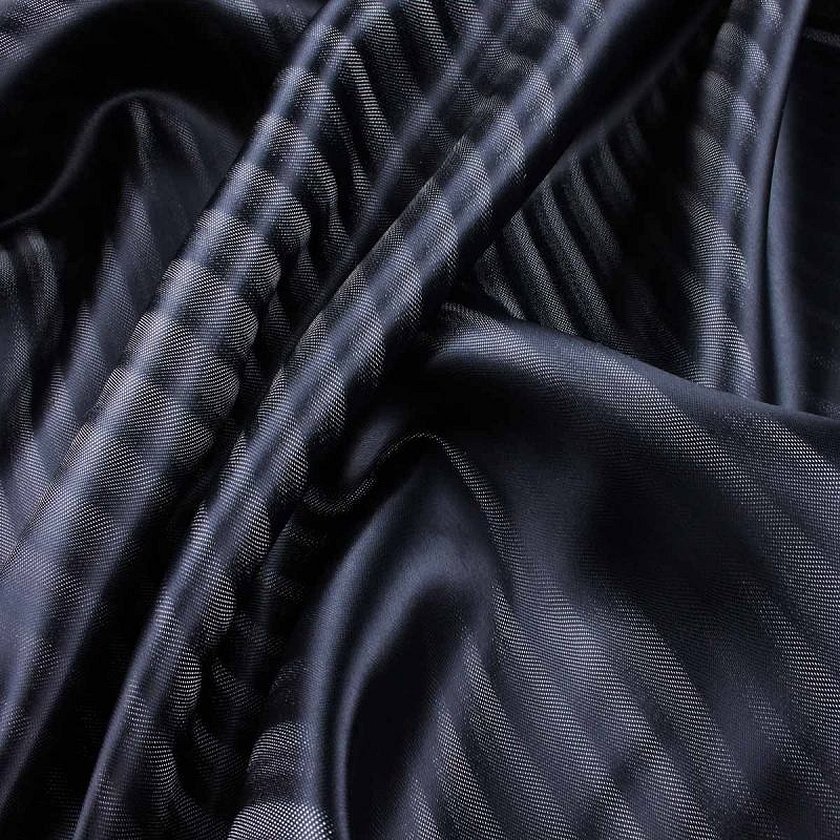
Viscose is used to sew summer and demi-season clothes, sports and leisure suits, curtains. Viscose is a moisture-absorbing material, it is great for summer clothes. It keeps you warm. The disadvantages of viscose lining are that it cannot be twisted when wrung out, the material does not like high temperatures, and stains form on it.
- Rayon — acetate silk and viscose. In modern production, preference is given to mixed fabrics, all under the same name - artificial silk.
Acetate silk is electrified, accumulates charge and "shoots". Synthetic silk is always slippery and cold. The advantages of artificial silk are a beautiful appearance, good air permeability and moisture absorption, the fabric does not wrinkle, does not require special care.
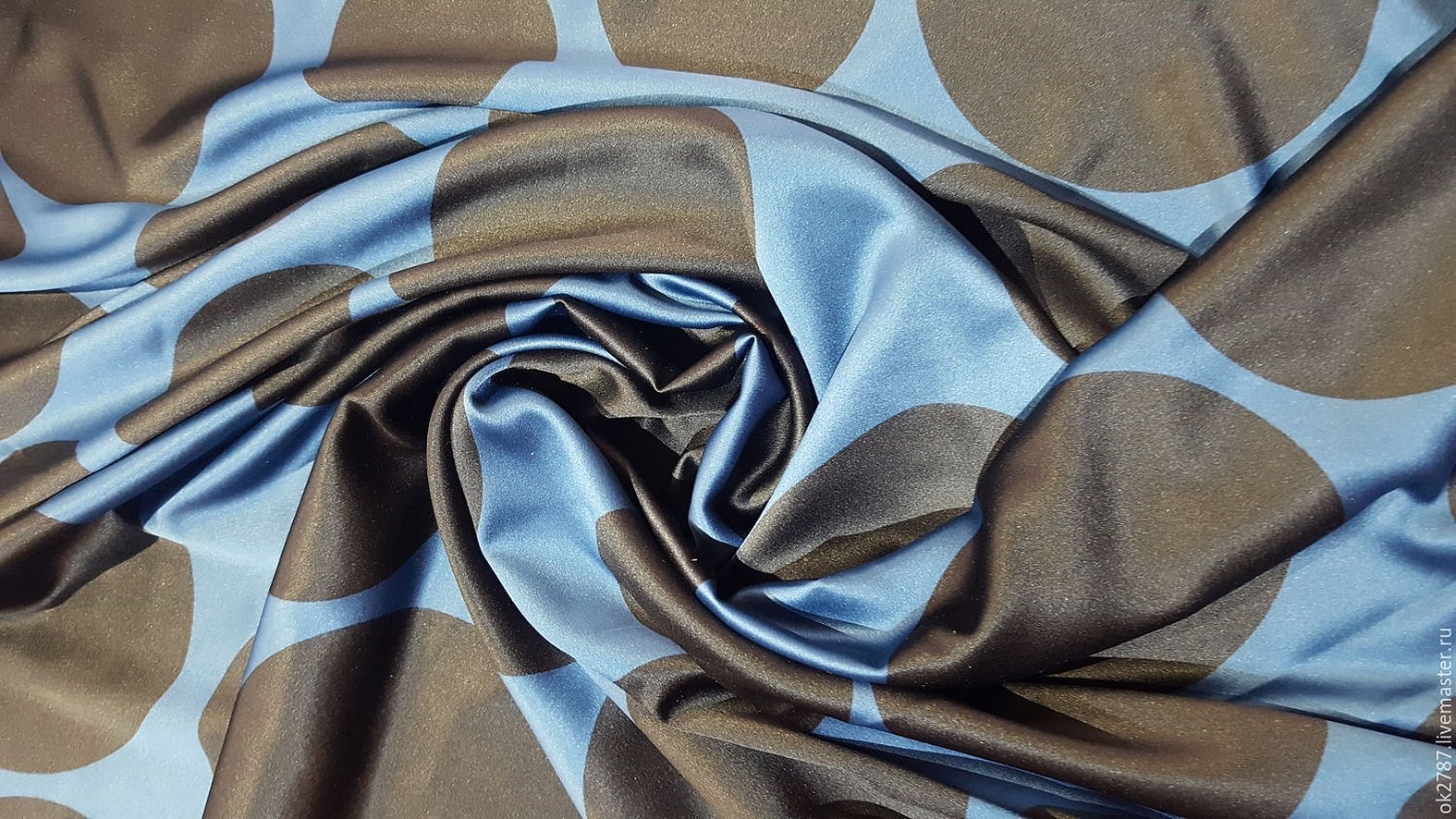
Artificial silk is used to make clothes, dresses, blouses. It is used to make bedding sets and curtains.
- Satin is a widely used material in sewing. Satin lining is always elegant and even chic.
Satin is used to make underwear, bed linen, used in production as furniture upholstery, sew household textiles for the home - curtains, pillows, bedspreads. They sew home clothes and clothes for the street.
Note! Atlas does not accumulate static electricity, holds its shape well, is hygienic, dense and smooth, has a beautiful appearance, is quite wear-resistant and durable.
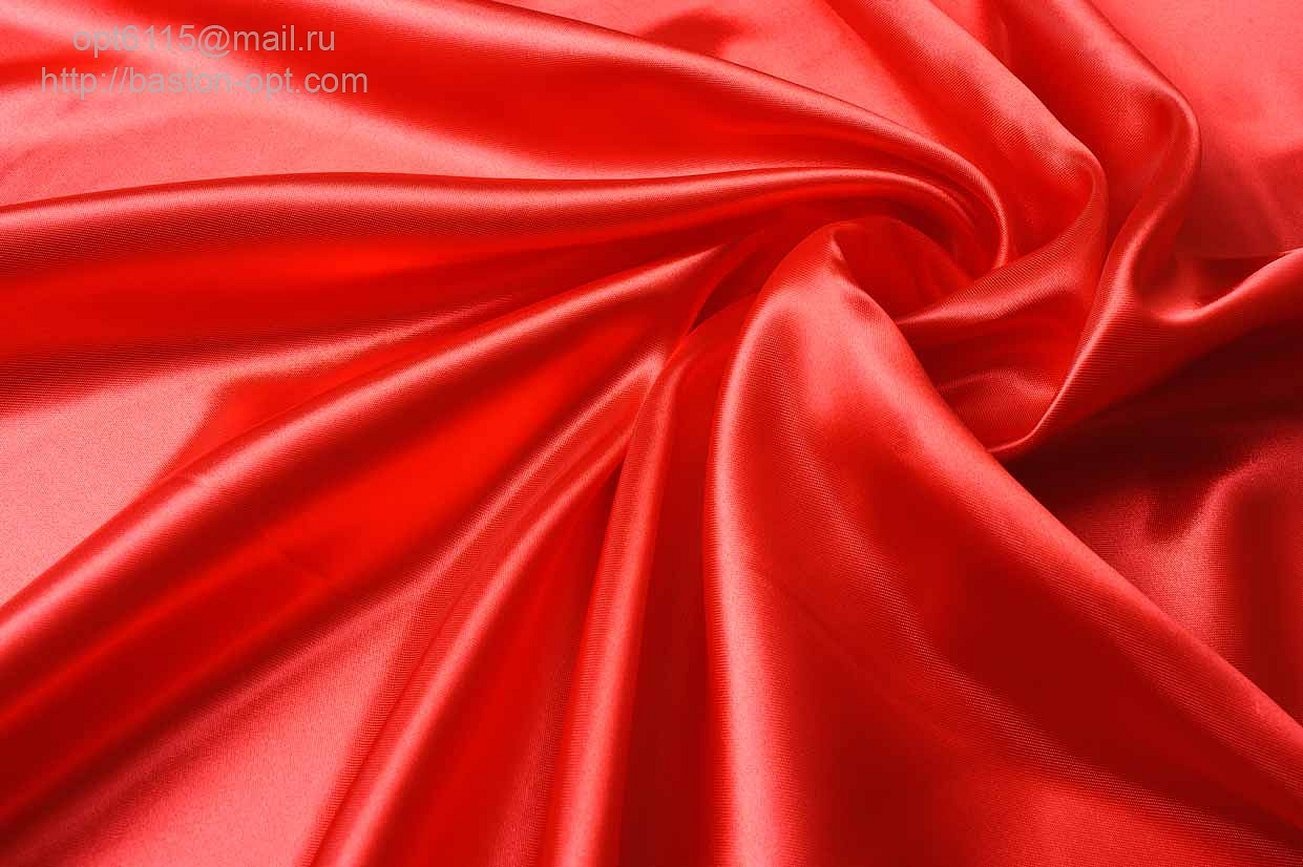
Satin is often used as a lining for fur coats, overcoats, jackets, for men's and women's suits, for gloves, for handbags and purses, for curtains.
- Flannel is used as a lining fabric for comfort and warmth. It is used to make home clothes, suits for various purposes, shirts, and bedding sets. Flannel is pleasant to the touch, soft, and a little loose. The advantage of flannel is its ability to warm and retain heat. Flannel lasts a long time, it is quite durable, absorbs moisture, is breathable, and is hypoallergenic.
Flannel has its disadvantages - if the water is too hot, the base shrinks a lot. With prolonged use, lumps appear, the fabric rolls. Flannel fabric wrinkles easily and takes a long time to dry.

Flannel is widely used for lining in children's clothing, bed linen, baby linen, and in sewing trousers and jackets for adults. Flannel only becomes softer with washing, so it is one of the most comfortable materials for a warm lining.
- Chiffon — unexpected lining material, it is used to see it in festive clothes, however, chiffon is used as a lining for festive and summer clothes. It is an airy, translucent, light material. It is very pleasant for the skin, does not wrinkle, and is breathable.
Chiffon is used as a lining in evening and summer dresses, sundresses, skirts, blouses, when sewing curtains and drapes. Due to its transparency, chiffon requires accuracy when sewing, carelessly processed seams can tear the fabric
There are many varieties of chiffon. As a lining it is irreplaceable in summer and festive clothes.
- Satin is made from cotton and silk fibers. The fabric is shiny and very dense.
Satin is used as a lining fabric, but mainly for sewing blouses, dresses, shirts, dressing gowns, and for covering shoes with satin.

Satin is a fairly heavy and smooth material. The fabric does not wrinkle, does not wear out, and retains heat. Satin for lining is quite an expensive pleasure, so it is used in sewing from valuable materials, as a lining fabric for coats, in natural fur coats, in expensive curtains, as additions to skirts, inserts on jackets, in the decoration of suits.
The satin lining is presentable and glides well. The fabric is easy to care for and does not require ironing.
- Polyester — synthetic knitwear that resembles wool. The advantages of this material are that it is affordable, wrinkles little, is quite durable, and is resistant to light and heat. Antistatic. The disadvantages of the knitted lining are that it does not allow air to pass through and is unpleasant when in contact with the skin. Therefore, it is used to sew winter outerwear - down jackets, warm jackets, coats. It is used in haberdashery - bags, gloves, wallets are sewn. It is used in sewing curtains and interior textiles. Polyester is elastic and durable.
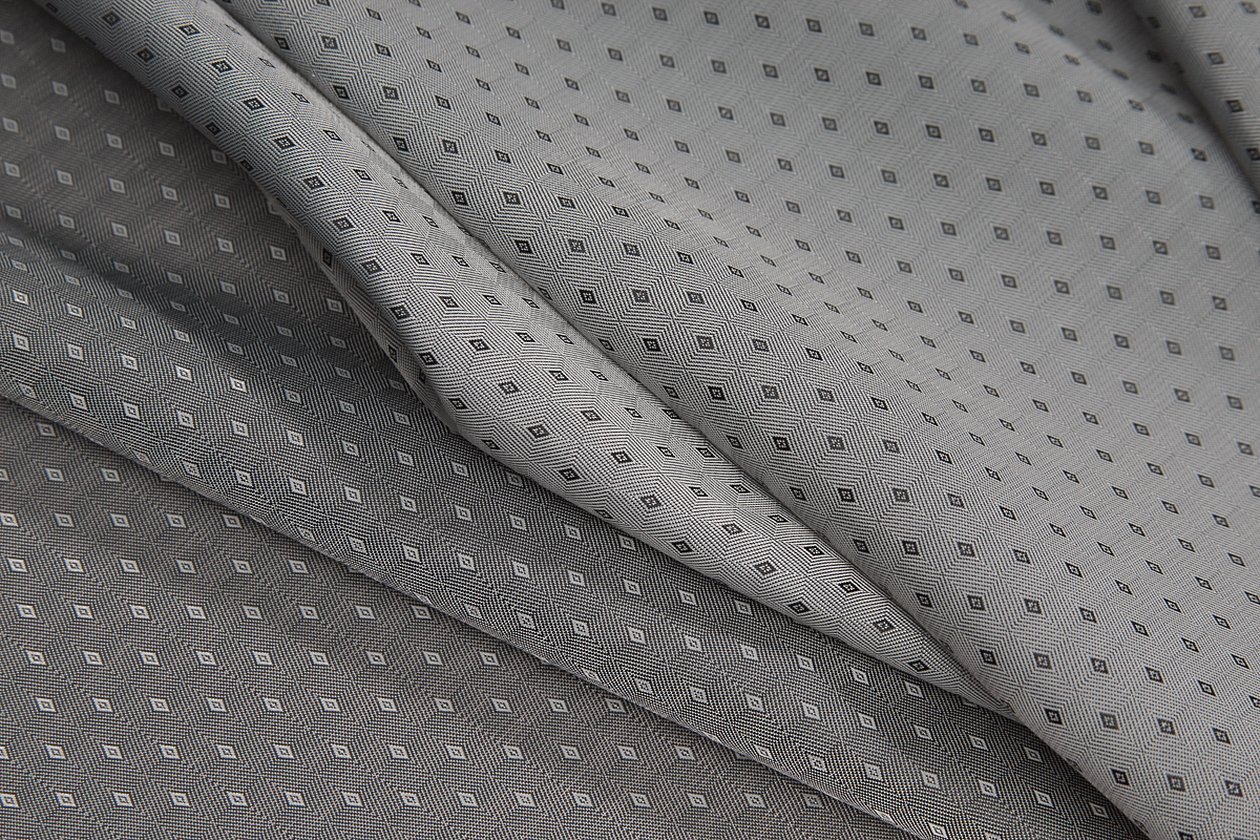
- Velvet — the material is luxurious. It is used as a lining when sewing beautiful evening dresses, under transparent fabrics. Velvet has one very interesting historical property - it never goes out of fashion. It is elastic, pleasant to the body, has a fleecy soft surface and shimmers with a mysterious shine.
- Cupro — lining viscose with added cotton. This fabric resembles silk. The advantages of cupro are smoothness, resistance to light and fading, strength, hygroscopicity, softness, and air permeability.
Note! It is used as a lining for classic coats and winter jackets, for formal suits and traditional jackets in the classic men's line.
Cuprovolokno is used in the manufacture of furniture upholstery. It is considered a very expensive fabric made from viscose lining materials.
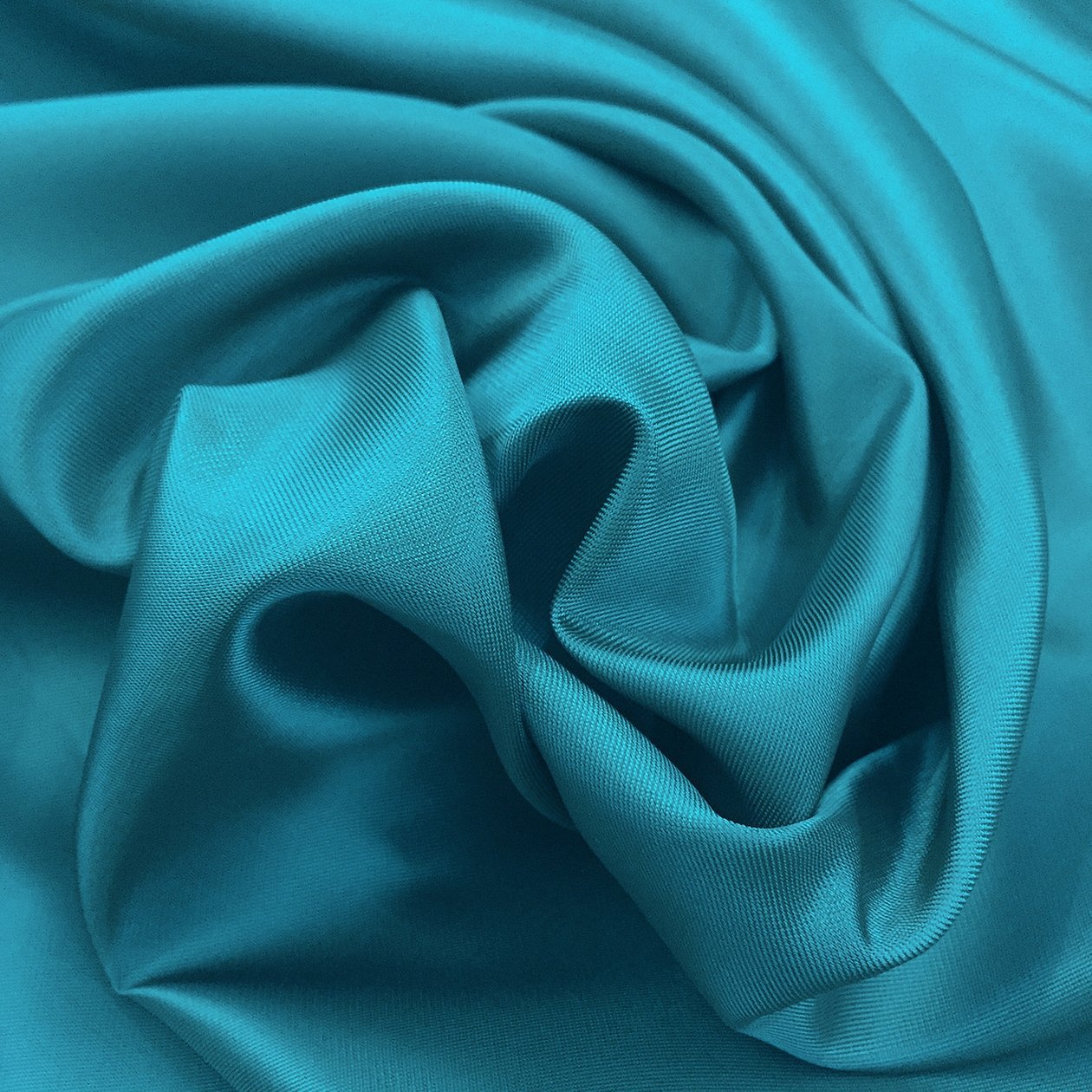
How to Choose Lining Fabric
It all depends on the purpose for which you are buying the lining and the quality of the item. If it is a presentation garment or an evening dress, then cheap types of lining will simplify the item. Therefore, in such cases it is better not to skimp and make decent clothing using satin, satin or velvet.
Important! If the lining fabric is selected for a coat, it is better if it is warm and slides well, like quilted fabric or viscose lining.
If a summer item requires a lining, then here it is worth paying attention to chiffon, mesh or satin. There are many options for using lining fabric, so there is plenty to choose from.
Sewing from lining
You can sew a lot of things from lining fabric. Clothes and underwear, home textiles, outerwear for all seasons, beautiful and evening clothes, some fabrics are even used to upholster furniture and sew curtains.
In addition, lining fabric is always interesting for couturiers and creative people for experiments and creation of new forms of clothing.
The lining material can be different. It is selected depending on the main fabric and the product.




